I have a +3.3V voltage rail available. And I want to generate a pair of negative and positive symmetrical supplies out of it. The magnitude of the output voltages must be less than 7V and should be higher than 5V; anything around 6V is fine.
These voltages will supply a couple of analog switch ICs, which will consume current around 50mA at total from the both supplies rails. My charge pump controller IC (MAX1720) itself can supply that much of current, but its output voltage drops down to undesirable levels when that much current is drawn. So I decided to enhance the output stage by using a NPN/PNP pair as suggested in the datasheet (page 14, figure 42).
I have no problem with the design of the positive voltage doubler circuit. But, the datasheet doesn't suggest any way of increasing the output current capability for the inverting circuit. Can I do the same thing in the inverting one. If yes, how do I do it?
